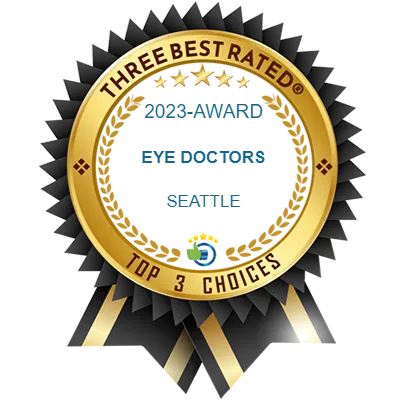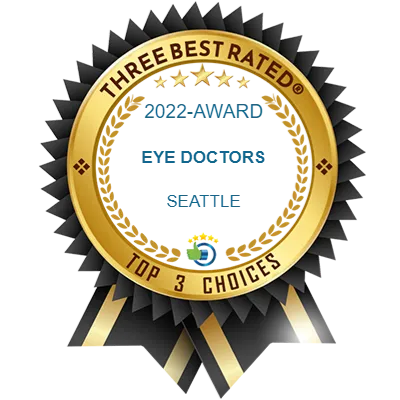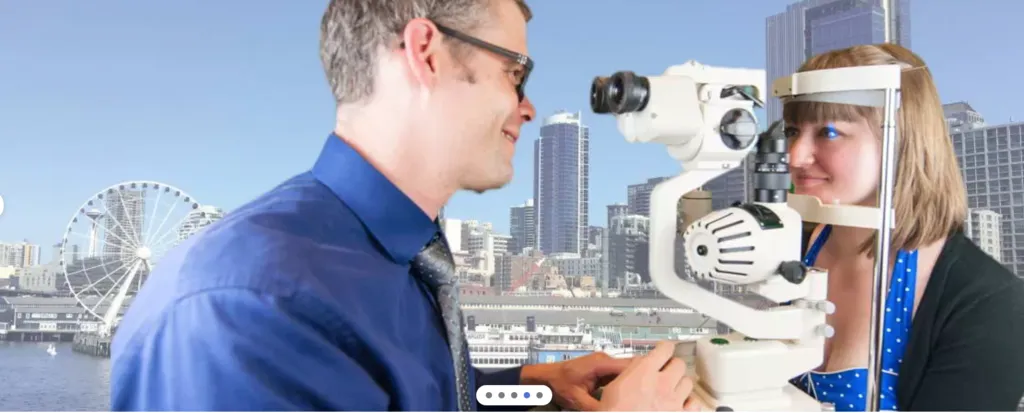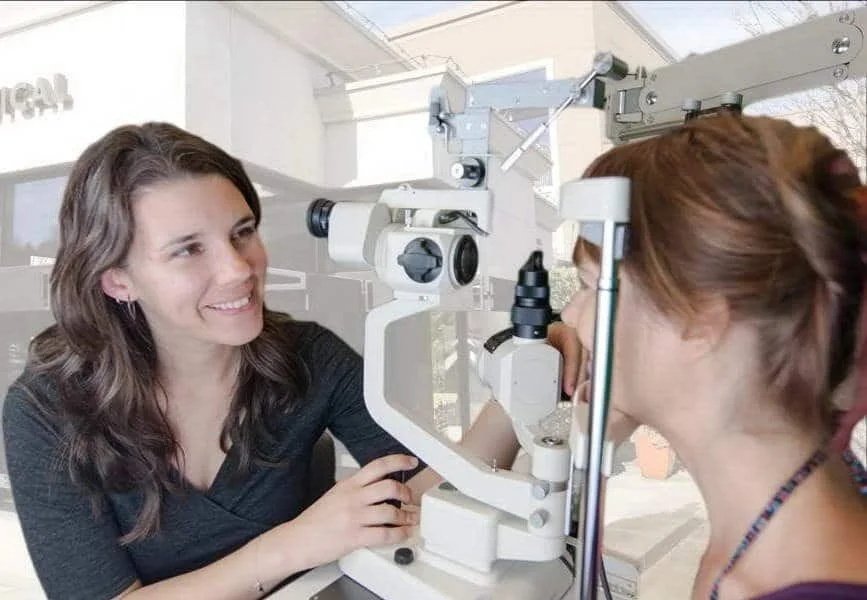Welcome to Cannon EyeCare
Eye Doctor Seattle – Optometry Clinic – Cannon EyeCare
Both Dr. Miranda Cannon and Dr. Mark J. Cannon are from Indiana, and moved to Seattle right after graduating from optometry school and getting married in the same month. Some say folks from the Midwest tend to have a certain kind of personality that makes them easy to get along with. We look forward to meeting you, and we do hope you’ll enjoy our Midwestern hospitality.
Our optometrists are experienced eye doctors who provide comprehensive eye exams and contact lens fittings while evaluating your eye health better than most ophthalmology clinics do. Click below to learn more about Seattle’s top-rated optometrists on Google, Drs. Mark and Miranda Cannon.
Specialties
A full range of vision services

Pediatric Eye Exams (age 5+)

Co-management of Cataract, Lasik, and PRK surgery
Patient Info & Forms
Cannon EyeCare is in network with Premera, Regence, Uniform Medical, HMA, Lifewise, Medicare, Blue Cross/Blue Shield and Kaiser Permanente’s PPO plans. Your vision insurance carrier may be different than your medical insurance carrier. We do not accept independent vision plans such as VSP, Eyemed, Davis Vision, or Spectera due to unreasonable contractual requirements. Please arrive 10 minutes prior to your appointment time to fill out the paperwork in office, or you may print our intake form (below) and fill it out in advance. You can also edit the PDF and email it to us if you’ve got that technology.
If you need to request a copy of your medical records be sent to (or from) us, please complete the Medical Information Release Form and return it to the doctor’s office.
FAQs
How much is an eye exam in Seattle?
It’s $195 for a ‘routine glasses exam’. An eye exam with a contact lens fitting is a bit more, at about $300.
What’s the difference between an optician, an optometrist and an ophthalmologist?
An optician is a glasses sales and repair person. They take the Rx data (from an eye doctor) and then set the patient up with proper frames and lenses so it all works. Some opticians literally grind lenses to fit whatever frame you desire. These fabricators are specialized opticians who are also typically better at glasses repairs.
Optometrists like doctors Mark and Miranda Cannon are primary care eye doctors that can handle nearly any eye problem.
Ophthalmologists are surgeons who work on eyes. Most patients go to optometrists for annual eye exams, and would be referred to an ophthalmologist as needed for surgical consults, etc.
What diseases can be detected in an eye exam?
Many ocular and systemic diseases can be detected at an eye exam. There are many types of ocular surface disease (Dry eye, etc), corneal disease, cataracts, glaucoma and retinal/vitreous issues. We are also testing brain function on many levels. Then there are a number of systemic diseases that can be initially diagnosed at an eye exam, such as diabetes and high blood pressure.
Can an optometrist diagnose eye diseases?
Yes, and optometrists also treat most forms of eye disease.
Can optometrists do surgery?
In most states (including Washington) the answer is no. Some states have expanded the optometrists scope of practice to include laser surgery and the removal of “lumps and bumps”.
Can an optometrist diagnose a retinal tear?
Yes. The patient should plan on a dilated eye exam.
How much does it cost to get glasses without insurance?
The cost of glasses varies widely. Warby Parker and other online sellers can often get you a complete pair for $100 or less. Most people pay closer to $400 for a good pair of frames and single vision lenses. At Market Optical in U-Village, most of the frames are $400 and up; then you need to pay for lenses.
Cannon EyeCare - Pike Place:
Cannon EyeCare - University Village:
Pike Place Office
1906 Pike Pl 8 b
Seattle, WA 98101, USA
Pike Place Office Hours
Monday, Wednesday, Sunday
Closed
Tuesday, Thursday - Saturday
10:00 am - 5:00 pm
University Village Office Hours
Monday - Saturday
10:00 am - 6:00 pm
Sunday
Closed






